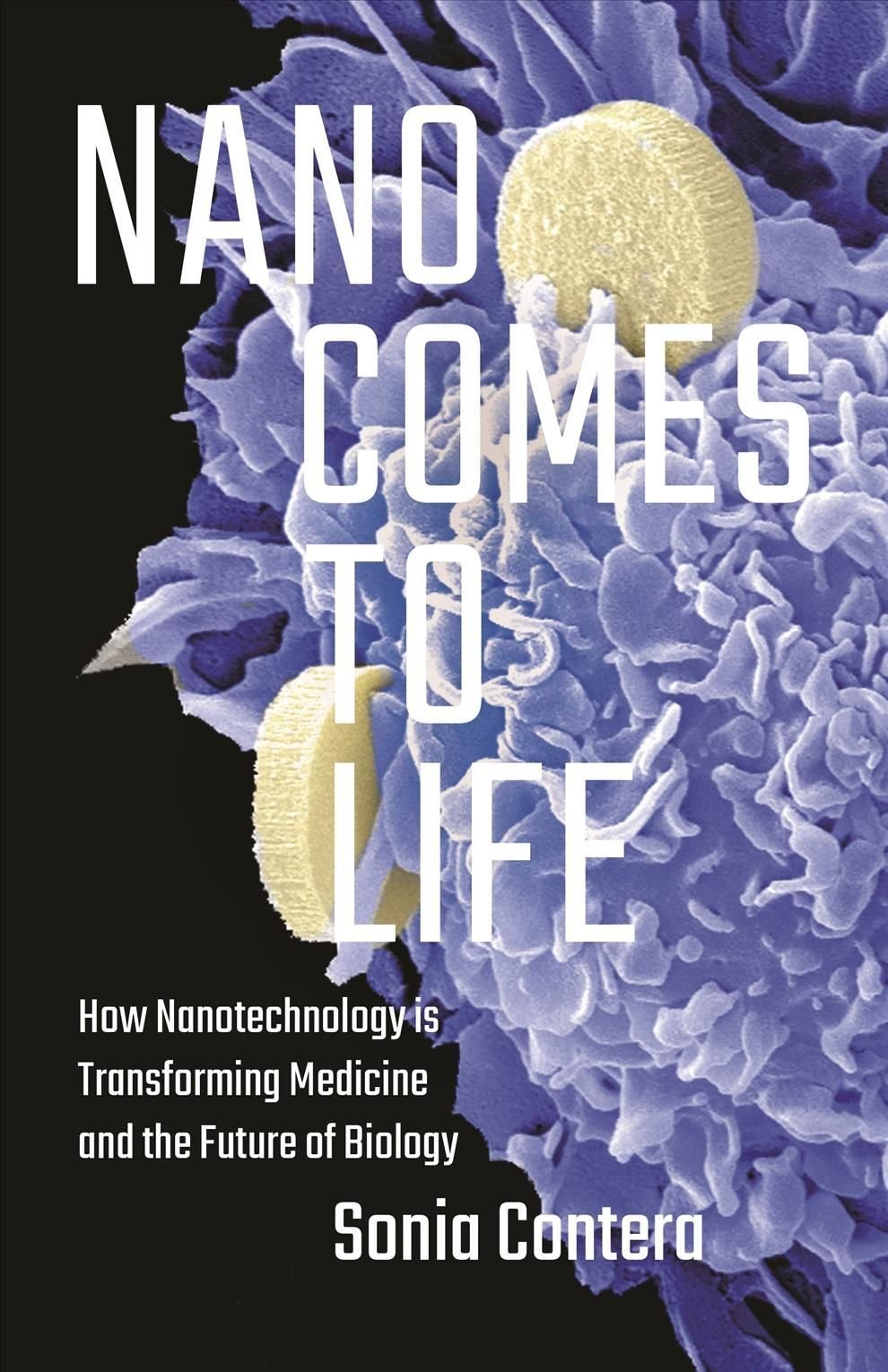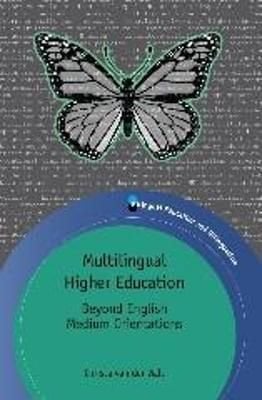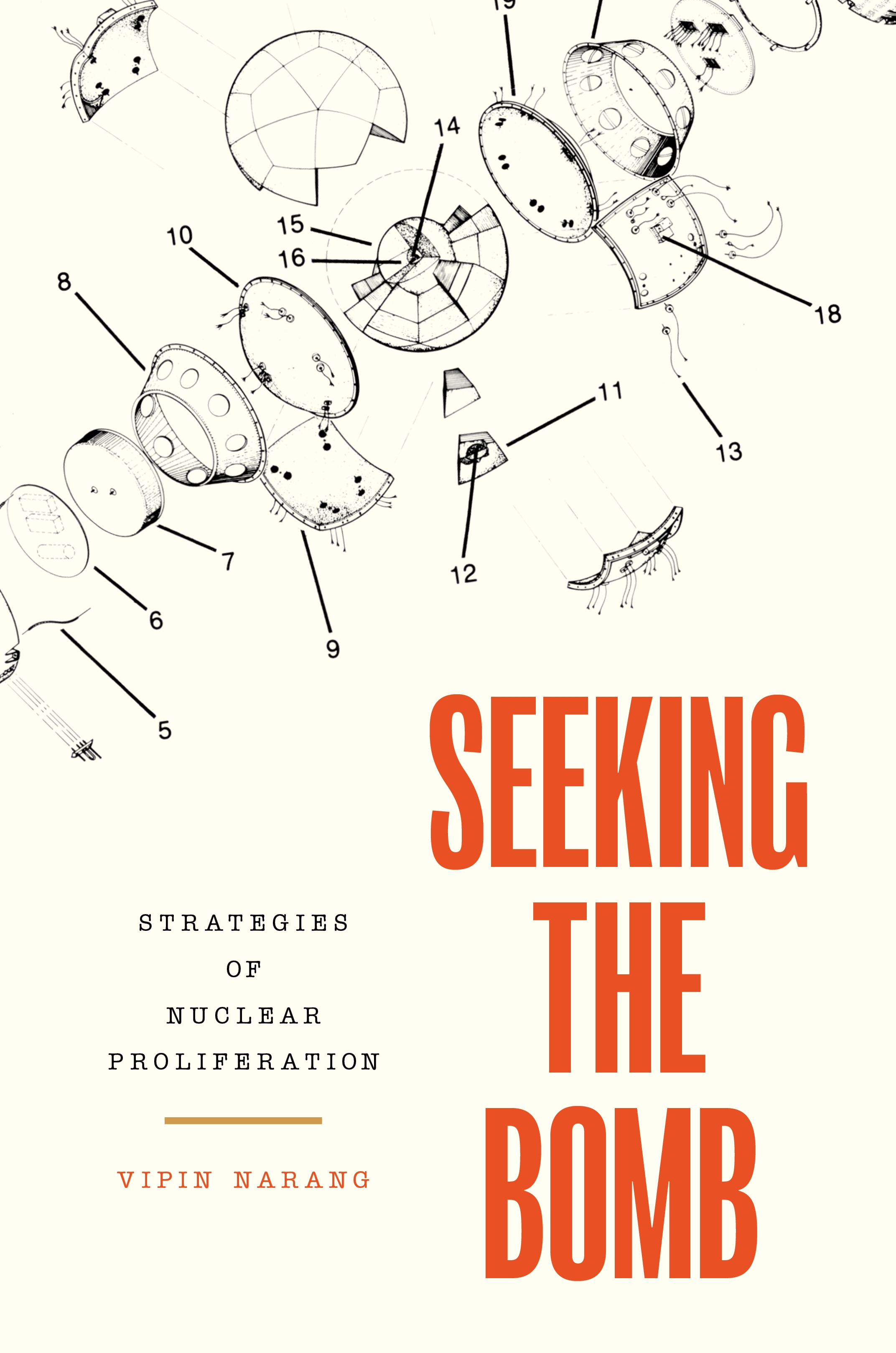Increasingly, scientists are gaining control over matter at the nanometer scale. Spearheaded by physical scientists operating at the interfaces of physics and biology (such as the author herself), advances in nanoscience and technology are transforming how we think about life and treat human health. This is due to a convergence of size. To do medicine, one must understand and be able to reach the nanoscale environment of healthy cells in tissues and organs, as well as other nano-sized building blocks that constitute a living organism, such as proteins and DNA. The ground-breaking advances being made at the frontiers of nanoscience and -technology, specifically in the areas of biology and medicine, are the subject of this short, popular-level book. Chapter 1 describes how nanotechnology and quantitative methods in biology are progressively being deployed to embrace life in all its multiscale, hierarchical intricacy and multiplicity. Chapters 2 through 4 review how bioinspired and biomimetic nanostructures and nanomachines are being created and integrated into strategies aimed at solving specific medical problems. In particular, Chapter 2 summarizes how scientists are seeking to build artificial nanostructures using both biological molecules and the organizational principles of biology. Chapter 3 gives an account of how nanotechnology is being used to develop drug-delivery strategies that specifically target cancer cells and tumors to improve the efficacy of current cancer chemotherapies. Chapter 4 reviews the science of one of the most potentially transformative scientific fields: tissue engineering. In a concluding chapter (Chapter 5), Contera reviews how nanotechnology, biology, and medicine will continue fusing with other sciences and technologies - incorporating more mathematical and computational modelling, as well as AI and robotics. Nanoscale devices will be used to learn biology; and biology will be used to inspire increasingly sophisticated transmateri …












